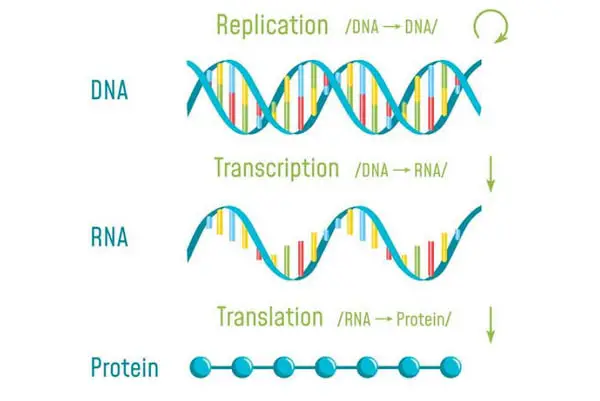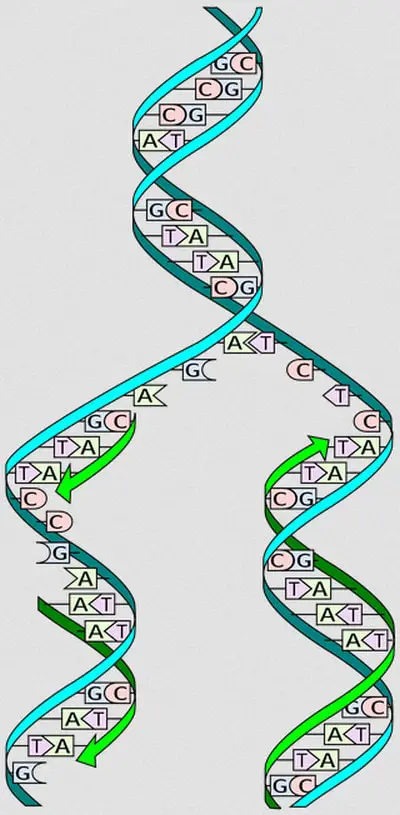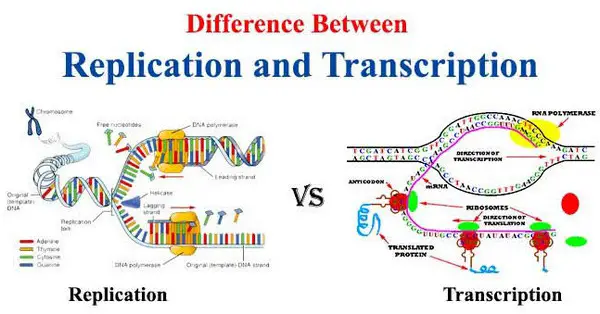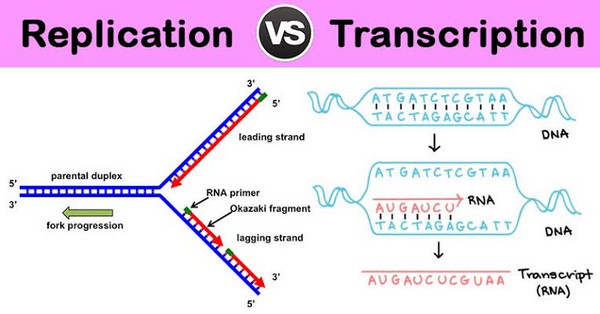
Making copies of DNA in the cell is essential in the life process. There are different ways of doing so and the common ones are transcription and DNA replication. DNA replication is the process of making another copy of DNA while transcription copies the DNA into RNA.
Both have similarities and differences. We are going to tackle the differences and similarities between the two in this article.

Image 1: The image shows how a DNA transcription takes place.
Picture Source: encrypted-tbn0.gstatic.com
It involves making a copy of DNA into RNA. The part of DNA that codes for genes is copied into the messenger RNA. The two strands of DNA helix are unwind and separated. The RNA polymerase, a special type of enzyme travels along the strands of DNA and binds RNA nucleotides to it until it forms a complete strand of messenger RNA.
The messenger RNA also known as mRNA is the cell’s blueprint, which is used to construct a specific type of protein. The mRNA travels from the nucleus to the cytoplasm where the gene expression takes place. (1, 2, 3, and 4)

Image 2: An image presentation on how DNA replication takes place.
Picture Source: wikimedia.org
It pertains to the process of copying the DNA in the cell to produce two copies. DNA replication is vital for cell division or mitosis. Before the cell division takes place, the DNA must be copied so the resulting daughter cells have the same copy of DNA. The DNA is unwind to separate the two strands of helix. The DNA polymerase travels along each strand and bind the complementary nucleotides – the DNA’s building block. It results in two double-stranded helices. (4, 5)

Image 3: A comparison image between DNA replication and transcription.
Picture Source: encrypted-tbn0.gstatic.com

Image 4: The image represents how DNA replication and transcription take place.
Picture Source: encrypted-tbn0.gstatic.com
Let us take a look at the differences between DNA replication and transcription.
Uses/Purpose
Enzyme Requirements
Resulting Products
Copying
Processing
Unwinding and Splitting
| Characteristic | DNA Replication | Transcription |
| Definition | The creation of two daughter strands with each strand containing half of the original DNA double helix. | The synthesis of RNA using DNA. |
| Uses | For conservation of genome for the next generation. | For creating RNA copies of individual genes. |
| Enzyme requirements | DNA polymerase and DNA helicase | RNA polymerase and transcriptase |
| Occurrence | In the S phase cell cycle, along the strands of DNA, and in preparation for the cell division. | In the G1 and G2 phases of the cell’s cycle, along one strand of the DNA, and preparation for translation of protein. |
| Bond | Replicated DNA strands remains hydrogen bonded to the DNA strand. | Transcribed RNA strand has separated from the DNA template strand. |
| Primers | It needs an RNA primer. | Primer is not needed. |
| Resulting Products | Two daughter strands | Different kinds of RNA like rRNA, tRNA, mRNA, and non-coding RNA |
| Copying | The whole genome is copied. | Copies a particular type of individual genes. |
| Processing | Normal DNA molecule – processing is not needed. | The primary RNA transcript molecule needs to be processed. |
| Unwinding and Splitting | The DNA is split and unwind. | Only genes to be transcribed need unwinding and splitting. |
DNA replication is a part of cell division. It is essential in regulating the cell’s growth and division. If the cell lacks a particular growth factor, the replication process will not take place. On the other hand, DNA transcription regulates gene expression. Transcription only takes place when a gene is turned on.
References